Seven Step Vocabulary Transcript
Joe Burkett: One thing that I do to teach important vocabulary for the day's lesson is use a seven step vocabulary method.
All right, so we're gonna start by looking at vocabulary words.
So the seven step strategy is a sheltered English strategy for teaching vocabulary. Step one would be having the students repeat the word three times.
So can we have you repeat after me. Rising.
Students: Rising.
Joe Burkett: Sea levels.
Students: Sea levels.
Joe Burkett: Step two would be providing translation in native language.
Could I have someone read the translation for me? Mateo.
Mateo: [foreign 00:00:40]
Joe Burkett: All right. So you've a space to write that.
And then step three we provide an academic definition.
And could someone please read the definition for me? Gadiel?
Gadiel: Increase the water level of the ocean.
Joe Burkett: Ocean, nice job.
Step four would be providing a definition that's more student friendly.
An increase in the water level of the ocean.
Step five would be highlighting an aspect of the word that might be confusing, for example, false cognates. Step six would be providing a visual image for them to see.
Okay what I want you to do is turn and talk to your partner about rising sea levels. So here, rising sea levels are dangerous because ... Ready? Turn and talk.
Step seven is an activity which they can use the word in context, for instance, a turn and talk about using the vocabulary word where they're describing an image.
Who would like to share? What did you talk about? Yes?
Speaker 5: Sea level increasing and can kill many species of animal and also human.
Joe Burkett: So you're saying extreme weather is connected to both of the other effects.
A lot of times through the vocabulary you can really have the students engage in some of the content that you want them to focus on. So imagine the seven step process as being a real support for the content that you're trying to teach.
Thank you everybody, you guys were great.

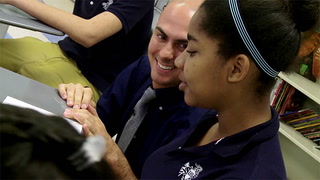
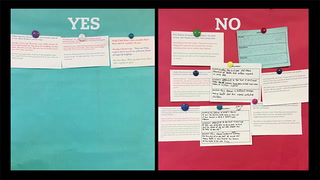

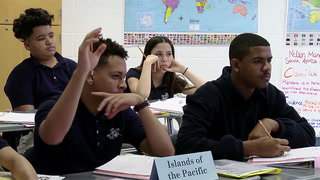
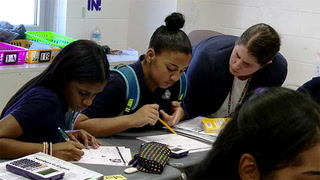
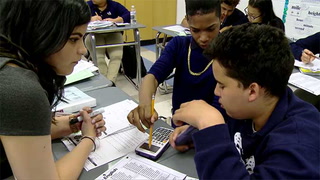
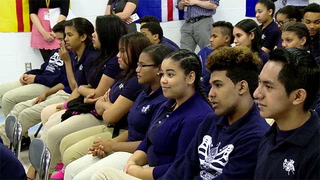









12 Comments
LaBresha Small Mar 14, 2024 12:26pm
Joann Miller Mar 9, 2024 8:52am
I liked that Mr. Burkett shares the seven steps he used in his class for teaching new vocabulary. The seven steps help to reinfore the learning. The seventh step was crucial "turn and talk" as the students needed to think about the meaning of the word and use it in a sentence.
Emily Hein Nov 4, 2021 9:55am
0:34 I think after repating when you give the diffinition of the word it will help the student understand the word in the future when they read. Repition can help memory but also knowing the content and relating it to schema helps.
Tobon Lucero Jun 15, 2020 8:28pm
I liked that Mr. Burkett shares the seven steps he used in his class for teaching new vocabulary. I think it’s important that teachers take time to teach vocabulary, it helps students to understand more about the topic about which they are reading. I will remember and replicate these steps in my own class. step 1, repeat the word 3 times; step 2, translate; step 3, state the definition of the word; step 4, try to give a definition related to the text; step 5, highlight difficult words; step 6 show a picture; Step 7, use the word in conversation with a peer. Putting all the steps on a PowerPoint slide, will help students remember a word more easily.
[RS1]“imagen” is not a word. Review the video to see if they state the word that you’re looking for.
Cade Patterson Aug 26, 2019 5:06pm
This is a great strategy for teaching vocabulary for any subject. The seven steps are a great way for the students to learn their vocabulary words and understand the meaning of the word and how it is used. This would be a great strategy for any subject. This is a great video and can be a valuable resource In my future.